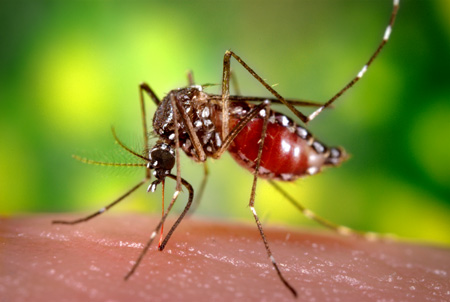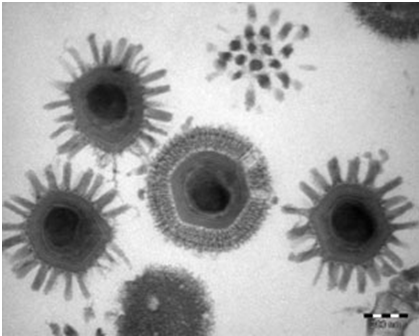ZIKA VIRUS INFECTION
Key facts about zika virus infection Zika virus is a mosquito-borne flavivirus that was first identified in Uganda in 1947 in monkeys. It was later identified in humans in 1952 in Uganda and the United Republic of Tanzania. Outbreaks of Zika virus disease have been recorded in Africa, the Americas, Asia and the Pacific. From […]
ZIKA VIRUS INFECTION Read More »
Virology





